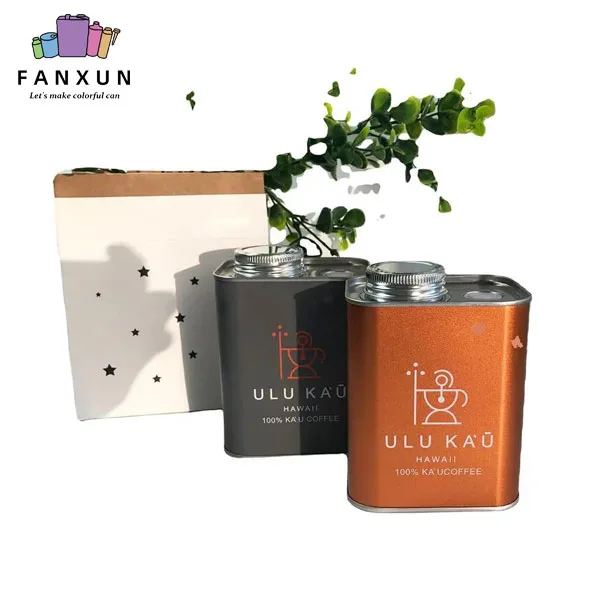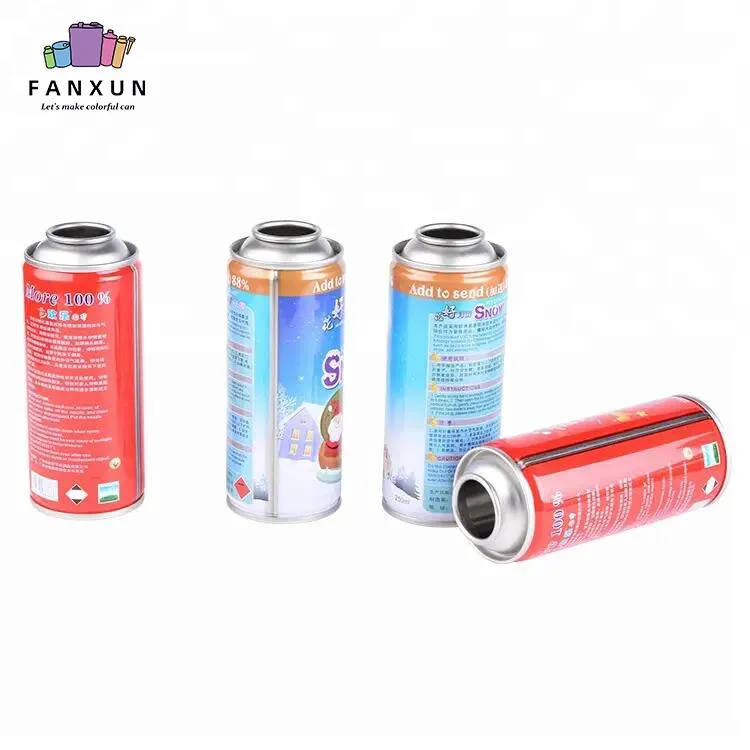Learn everything you need to know about tin packaging
Tin packaging has been around for centuries and has become increasingly popular in modern times. Its durability, versatility and ability to protect goods from moisture, light and air have made it a top choice for industries ranging from food and beverage to cosmetics and chemical products, and a popular choice among consumers.
Are you curious about the world of tin packaging?
In our guide, we’ll explore the environmental advantages of tin packaging, including its recyclability and long lifespan. We’ll also take a closer look at the manufacturing process, highlighting the steps involved in transforming tinplate into a practical and eye-catching container. Additionally, we’ll discuss the unique branding opportunities that tin packaging offers, allowing companies to stand out on store shelves.
The history of tin packaging
Before entering the world of Tinplate packaging, let us first understand the origin of tinplate packaging
In the history of tinplate packaging, we trace our roots back to the early 19th century, when this technology was first introduced and revolutionized the packaging industry. In 1830, British inventor Peter Durand designed and patented the first metal food can, made from tin plate. This innovation not only extended the storage time of food, but also changed the transportation method and storage conditions of goods. With the rise of industrialization, tin packaging has spread rapidly in the food, beverage and pharmaceutical industries, becoming an important means of maintaining product quality and extending shelf life.
The widespread use of tinplate packaging reached its peak in the early 20th century, becoming the dominant technology in the global packaging industry. During the two world wars, tin packaging played a key role in military transportation, ensuring that food remained fresh during long-distance transportation. Over time, tinplate packaging not only became a tool for product preservation, but also played a key role in packaging design and marketing, becoming an important element of brand recognition and consumer attraction.
Advantages of using tin packaging
As a packaging technology widely used in food, chemical supplies, pharmaceuticals and other industries, tinplate packaging not only provides excellent freshness preservation performance for products, but also shows unique advantages in many aspects. First of all, tinplate packaging has excellent oxygen and moisture isolation properties, which effectively prevents external air and moisture from affecting the product, thereby extending the shelf life of the product. Secondly, tinplate packaging is excellent at protecting the taste and texture of food, ensuring consumers can enjoy the best taste experience.
On the other hand, the resealability of tinplate packaging allows the product to remain fresh after opening, which is especially convenient for home users. In addition, the lightness and durability of tinplate packaging in transportation and storage also greatly reduce the logistics burden and improve the overall sustainability of the product.


Different types of tin packaging
As a multi-functional packaging material, tinplate packaging has many types, each of which shows unique characteristics in a specific field. The following are the common types of tinplate packaging in our daily life
Tin cans: Tinplate cans are widely used in food and chemical packaging, such as sealing preserves, coffee candies, etc. or sealing engine oil, lubricants and other chemical products. Their high-quality sealing properties ensure product safety and prevent contamination.
Tin box: Tin box packaging is used as a unique and versatile way of packaging, such as food and candy, cosmetics and gifts, etc. They offer versatility and beautiful designs making them suitable for multiple industries
Tin Containers: Tin containers are versatile packaging solutions that can be used for a variety of products including spices, teas, paints and personal care products. They come in various shapes and sizes to suit products in different industries.
Cans: widely used for packaging food and beverages, such as food cans, beverage cans
Tin packaging industry statistics
The global tin containers market size is expected to reach US$15.6 billion in 2022 and US$17.9 billion by 2032. It is expected to grow at a respectable CAGR of 5.3% during the forecast period from 2022 to 2032. Tin containers especially in the beverage, food, chemical, paint and coating, and personal care industries will drive the market in the near future. As the trend toward lightweight packaging continues, the use of metal is currently declining in the packaging industry. Many manufacturers are increasingly gravitating toward the use of pewter because it is lightweight and available in a variety of sizes, styles, and shapes.
How to Design and Customize Tin Packaging
The design and customization of Tinplate packaging is not only a skill, but also an art that can give products a unique charm. It can create personalized, eye-catching tin packaging for your products and create a unique image for your brand.
- Integration of art and creativity:
Tin packaging design is an art that brings life to a product through clever patterns, colors and shapes. Explore working with an artist or hiring a professional design team to ensure your packaging is not only functional but also has a unique aesthetic. - Expression of brand story:
Through tin packaging, brands can tell their story. Custom packaging provides a platform to showcase your brand’s core values, history or vision. Consider incorporating a brand logo, slogan, or unique element on your packaging to convey an emotional connection unique to your brand. - Personalized material selection:
Material selection for tin packaging is crucial. Consider using different pewter alloys, finishes or textures to create a look that harmonizes with the nature of the product itself. Personalized material selection can add to the tactility and texture of packaging. - Design for consumer participation:
With the help of digital technology, brands can interact with consumers and invite them to participate in the tin packaging design process. Hold design competitions, online voting or provide online customization tools to integrate consumers’ creativity into packaging design and enhance the interaction between brands and consumers. - The importance of customized services:
The customization services offered by tinplate packaging manufacturers are key to achieving unique designs. Work closely with manufacturers to ensure they understand brand needs and can provide custom design, sizing and printing services. - Environmentally friendly and sustainable design:
Taking into account modern society’s concerns about sustainable development, the design of tinplate packaging should pay attention to environmental protection. Choose recyclable materials, reduce the environmental impact of packaging, and work with manufacturers to ensure the sustainability of the production process. .
Sustainability and recyclability of tin packaging
As a packaging material, tin packaging not only has excellent functionality, but also shows obvious environmental advantages in terms of sustainability and recyclability.
Tin sustainability
Firstly, the sustainability of tinplate packagingstems from the rich renewable nature of its main raw material – tin. As one of the most abundant minerals on earth, the mining and production process for tin is relatively environmentally friendly and can reduce pressure on natural resources through recycling. This enables tinplate packaging to contribute to sustainability goals right from the production stage.
Tin recyclability
Secondly, tin is a recyclable metal material, which means that tinplate packaging can be reprocessed and manufactured into other types of tin cans after use without losing the quality of the tin. The recycling process of tinplate packaging helps slow down resources consumption and environmental pollution.
Summarize
We can see that tin packaging is not only widely used as containers made of tin in the food, beverage, gift and other industries, but over the past time tin packaging has proven its significant advantages in freshness preservation performance, creative design and sustainability. Tin packaging is not only a reliable packaging solution, but also becomes a powerful tool for brands to establish a unique image and meet consumer concerns about sustainability.
